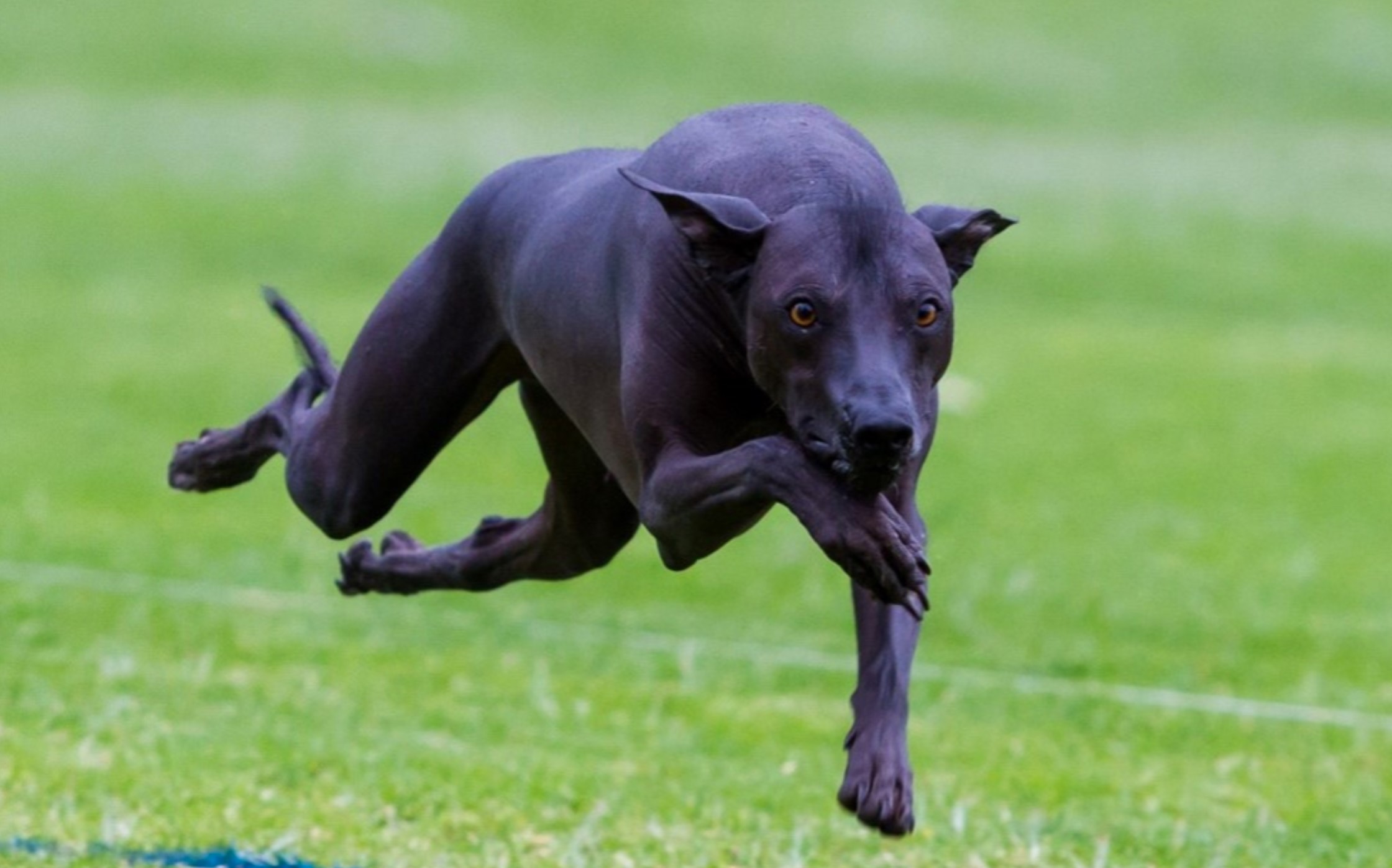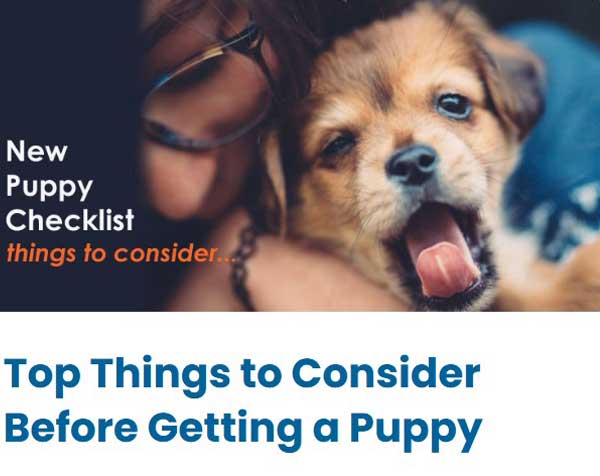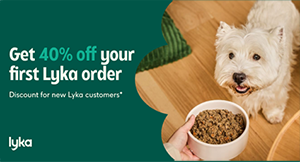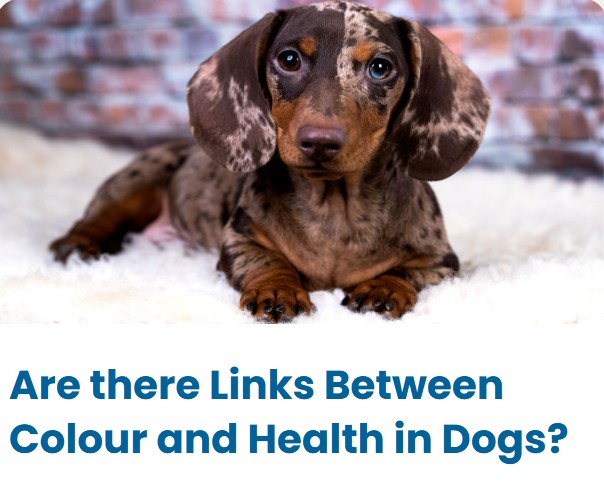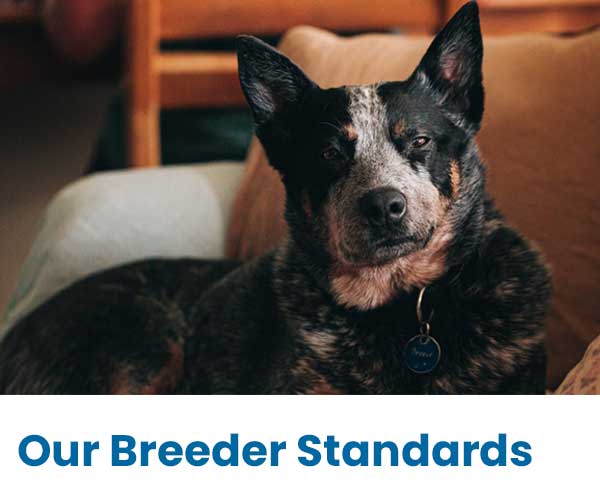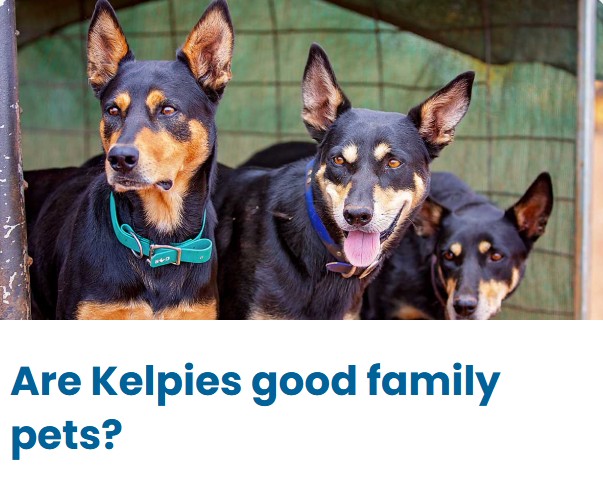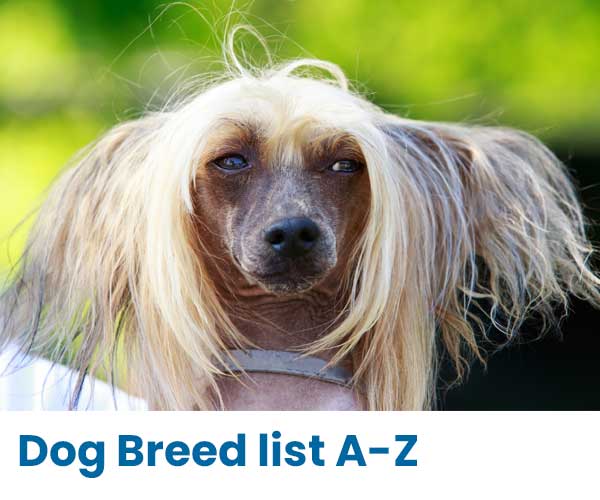Peruvian Hairless breed guide
Peruvians are an ancient breed; they are recorded in pottery of the Chancay culture. The hairless dog makes its appearance in the archaeological periods of Pre-Inca times, from 300 BC until 1460 AD.
The breed was officially recognized as a breed native to Peru in 1985 and Cynologist Ermanno Maniero (deceased) played a huge part in this recognition.
Peruvian Hairless Dog Temperament
Peruvian Hairless dogs are described as noble and affectionate at home with those close to him, at the same time lively and alert; he might be wary of strangers and is a good watch dog.
This breed can be very shy at first; Peruvians need time to trust new people and things. Do not expect to be overwhelmed by wagging tails and kisses. If you approach slowly with hands out, the dog assumes the worse and backs away. The best way to make friends with a Peruvian is to ignore it and let it make the running.
Peruvians can be cautious towards all new things and people as it is in its character to be wary. The cautiousness of the breed appears as timidness, because the dog does not want strangers to touch them, particularly on the head.
The ideal owner for a Peruvian Hairless Dog
Families, for thousands of years these dogs have looked after families. They are not a guard dog, they are a watch dog and nothing gets past their alertness. They are protective of children and are usually very gentle around them. This does not mean they do not like a good game of chase or fetch.
Training and Socialisation for Peruvians
Training should start as early as possible. These dogs need structure and consistency. They need to be focused on the trainers and food is a great reward (they are piggies). Everyone in the house should be involved in training the puppy. Short walks at first around the block and then encouraged to explore more areas. If the dog shows fear of an object then let them explore it and see if they overcome that fear. If they are not responding turn and walk away telling them they are a good dog. Force will not work on this breed, as Sighthounds they can be stubborn so they need to be jollied along.
How much space and exercise does a Peruvian need?
As with most hounds, they are lazy. However they enjoy a good run of free exercise. Not a dog for an apartment unless you choose the Small variety.
Peruvians and grooming
As this breed shows two totally different coats, grooming is different for both. The Hairless requires a bath every week with a mild soap and an occasional exfoliation. Moisturiser is needed to keep the skin supple. The coated has a smooth short coat that is easy care and has very little shedding. Weekly baths keep him shiny and in good condition.
How much can you expect to pay for a Peruvian from a reputable, registered breeder?
Peruvians at this time (2022) are around $4000 Australian dollars from a breeder registered with the Australian National Kennel Council (ANKC, Dogs Australia). Overseas buyers can expect to pay for shipping and vet checks. These prices vary from country to country. Peruvians have only been in Australia a relatively short time and breeders have spent a huge amount of money bringing the dogs in from overseas and then health testing and ensuring the dogs fit the Standard.
Fun facts about Peruvians
I'm not sure this is fun, but it is a fact. This breed loves to dig, they are bred to hunt vermin and small game and if they suspect a rat is around they will go to great lengths to find and kill it. They also love to chase, so any sport that involves a good long chase, such as lure coursing or agility is certainly on their menu for fun.
General facts about Peruvian Hairless Dogs
Life expectancy: 12-14 years
Size: Peruvians come in three sizes:
Small from 25 to 40 cm (9 ¾ to 15 ¾ inches)
Medium from 40 to 50 cm (15 ¾ to 19 ¾ inches)
Large from 50 to 65 cm (19 ¾ to 25 ¾ inches)
Weight:
Small from 4 to 8 kg (8.8 to 17.6 lbs)
Medium from 8 to 12 kg (17.6 to 26.4 lbs)
Large from 12 to 25 kg (26.4 to 55.1 lbs)
Potential health issues in Peruvians
Peruvians are new to the professional dog world and as such we have just started DNA testing. What we have found so far is Progressive Retinal Atrophy (PRCD) and Degenerative Myopathy. Both of these issues are "old dog" ones and these have been mainly ignored as old age. DNA testing is one way to eliminate these issues from the breed.
Peruvian FAQ's
Where are my dog's teeth?
Peruvians are a hairless breed and this is controlled by the Foxi3 gene. When you modify hair you modify teeth so Peruvians have missing teeth and the shape of their canines is different to normal dogs. The canine teeth point forward and are thinner (more like a cat) and the lower canine is conical in shape. Tooth care is important and big meaty raw bones are the thing that keeps their teeth clean. The coated have normal dentition because they do not carry the Hairless Gene.
What do I feed a Peruvian?
Peruvians are a very primitive dog, they do best on a raw diet of chicken, beef and lamb, hearts and livers are good to add to the mix. Raw vegetable such as carrots and pumpkin chopped find are great for them. We also recommend Collagen Peptides and seaweed meal as a daily additive. Collagen repairs the skin and the hairless can get skin issues from time to time.
Are Peruvians Hairless Dogs Aggressive?
No, as a general rule this breed is not aggressive. When presented with a threat they usually bark loudly and they have a very loud bark. Their last resort is to bite but that is very unusual.
Special thanks to Sally Johnson - Xioma Kennels - for help with this breed information and photos.
If you are a small scale ANKC registered breeder and would like to be listed here, just contact us or follow a few simple steps to add your details yourself.
We welcome helpful comments and contributions to information about this breed by email

